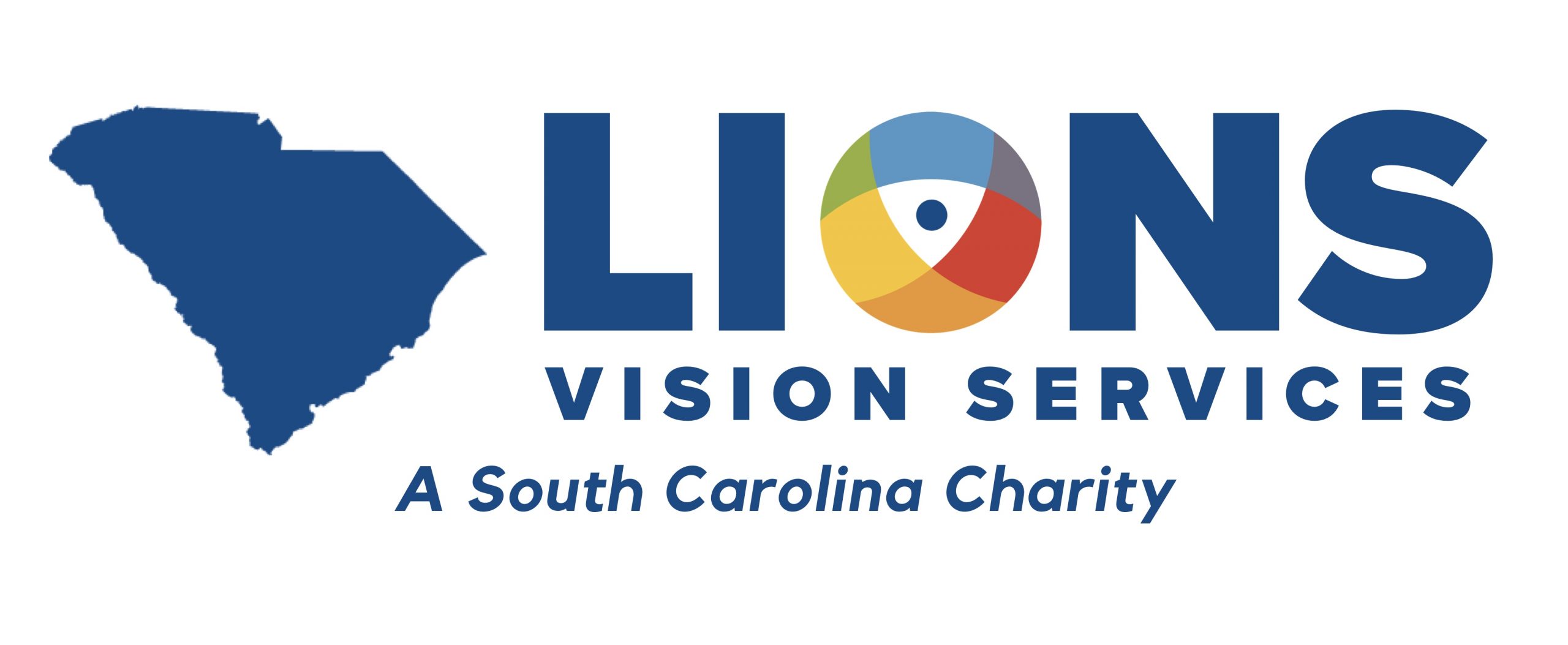
Sight and Sustainable Development Goals
Eye health makes an important contribution to accelerating action towards the achievement of the Sustainable Development Goals, a universal call to action to build a healthier world for the entire population and the environment by 2030.
Almost everyone will need access to eyecare services during their lifetime, but did you know that 90% of all vision loss is preventable or treatable? This trend is not expected to change, with half the global population expected to have a vision impairment by 2050. Unless there is a significant investment now, eye care services are unlikely to cope with future needs.
In the summer of 2021, vision and eye health received a major endorsement: the first ever United Nations General Assembly Resolution (A/75/L. 108) designed to tackle preventable sight loss established eye health as part of the UN’s Sustainable Development Goals. We applaud the work of the many partners and advocates who made this Resolution possible, including the UN Friends of Vision, the International Agency for the Prevention of Blindness, and countless others.

Sustainable Development Goal 1:
No Poverty
90% of vision loss is in low- and middle-income countries, with the poor and extreme poor the furthest left behind. Vision loss costs the global economy $411 billion every year in lost productivity alone. Poverty is both a cause and a consequence of poor eye health.

Sustainable Development Goal 2:
Zero Hunger
Eye care can increase household income and reduce hunger. Free high quality cataract surgery, like those provided by LVS to South Carolinians living in poverty, can increase household income: 46% of households moved up an income bracket following cataract surgery according to global data.

Sustainable Development Goal 3:
Good Health and Well-Being
Eye health is key to ensuring good health, mental health, and wellbeing. Poor eye health increases the risk of mortality up to 2.6 times. In South Carolina, the counties with the highest percentages of their population experiencing vision loss are the same counties that are unhealthy in general and lack access to the resources they need to improve their community and quality of life. We can change that!

Sustainable Development Goal 4:
Quality Education
Eye health has a positive impact on school enrolment, educational attainment, and learning. 91 million children have a vision impairment but do not have access to the eye care services they need. Glasses can reduce the odds of failing a class by 44%. Children with vision loss are 2-5 times less likely to be in formal education in low- and middle-income countries.

Sustainable Development Goal 5:
Gender Equality
Women and girls are more likely to have vision loss and experience additional barriers to eye care services – 55% of people with vision loss are female. Overall, women are 12% more likely to have vision loss than men.

Sustainable Development Goal 8:
Decent Work and Economic Growth
Good eye health and vision promotes inclusive economic growth, employment, and improved living standards. Cataract surgery can increase household per capita expenditure by 88%! Providing glasses can increase workplace productivity by 22%.

Sustainable Development Goal 10:
Reduced Inequalities
Poor eye health is driven by inequality. Women, older people, persons with disabilities, indigenous peoples, refugees, and other internally displaced persons and migrants are among those most affected by vision loss. 73% of people with vision loss are over the age of 50.

Sustainable Development Goal 11:
Sustainable Cities and Communities
Eye health is critical to reducing road traffic deaths and injuries. This is a particular concern in South Carolina where we have experienced significant economic growth and increased congestion and traffic on our roadways. Unoperated cataracts can increase the chance of a motor vehicle accident by 2.5 times!

Sustainable Development Goal 13:
Climate Action
The health sector, including eye care, is responsible for 4.4% of all greenhouse gas emissions and has other impacts on the environment. Climate change may also increase the prevalence of eye conditions and disrupt eye care delivery. Beyond our ability to see and connect to the natural world, vision and eye health is inexorably linked to and impacted by the environment around us. We must have a holistic approach to improving both.

Sustainable Development Goal 17:
Partnerships for the Goals
Vision for everyone cannot be achieved without partnership. Community is a core value at LVS: We prioritize resilient, inclusive, collaborative, and fun communities in every aspect of our work with a commitment to building teams that are sought after and trusted by others. We are committed to forging effective partnerships in all arenas in which we work. It will take the collective power of our social, moral, intellectual, relational, and financial capital to make vision health accessible for all, but we cannot afford not to commit to this ambitious goal. Join us in making this vision a reality for all South Carolinians!







